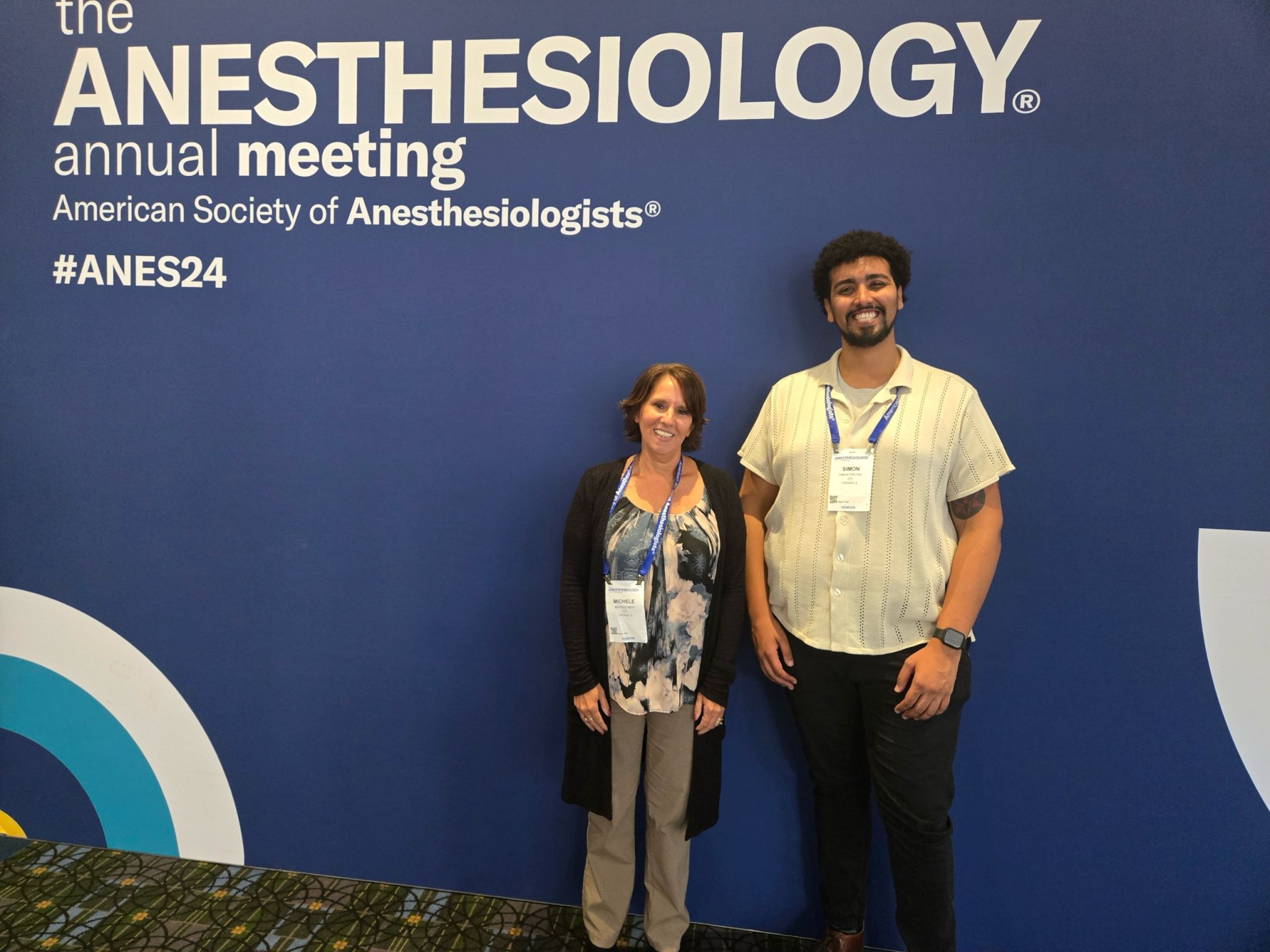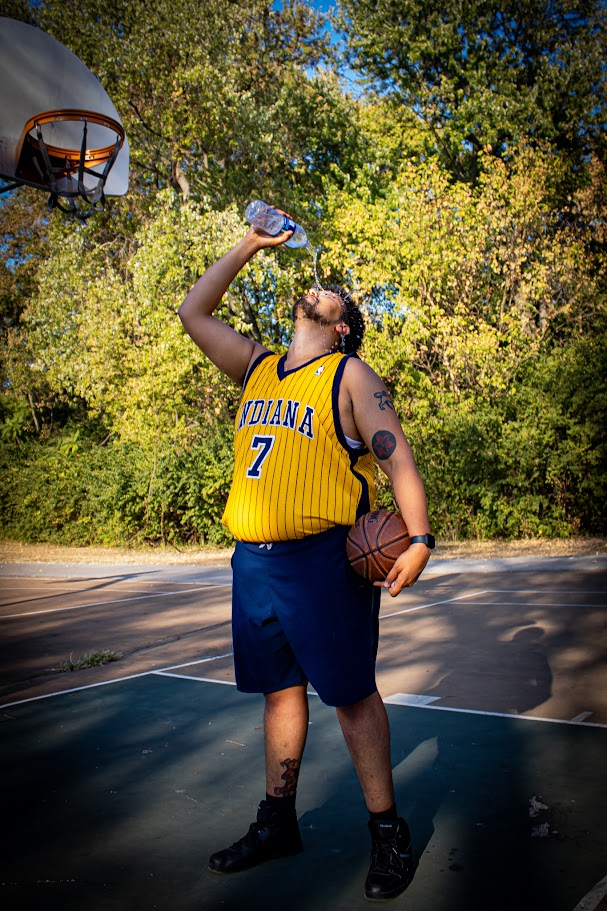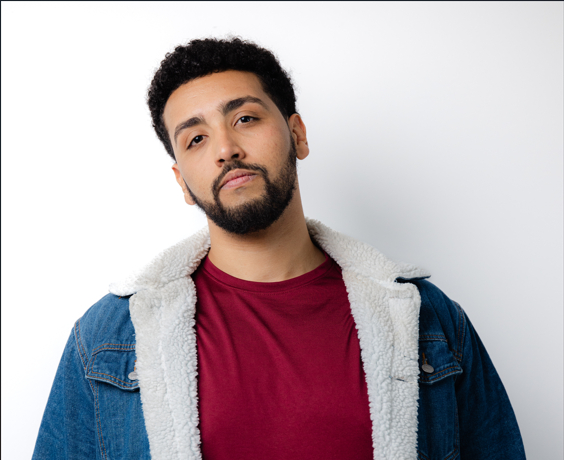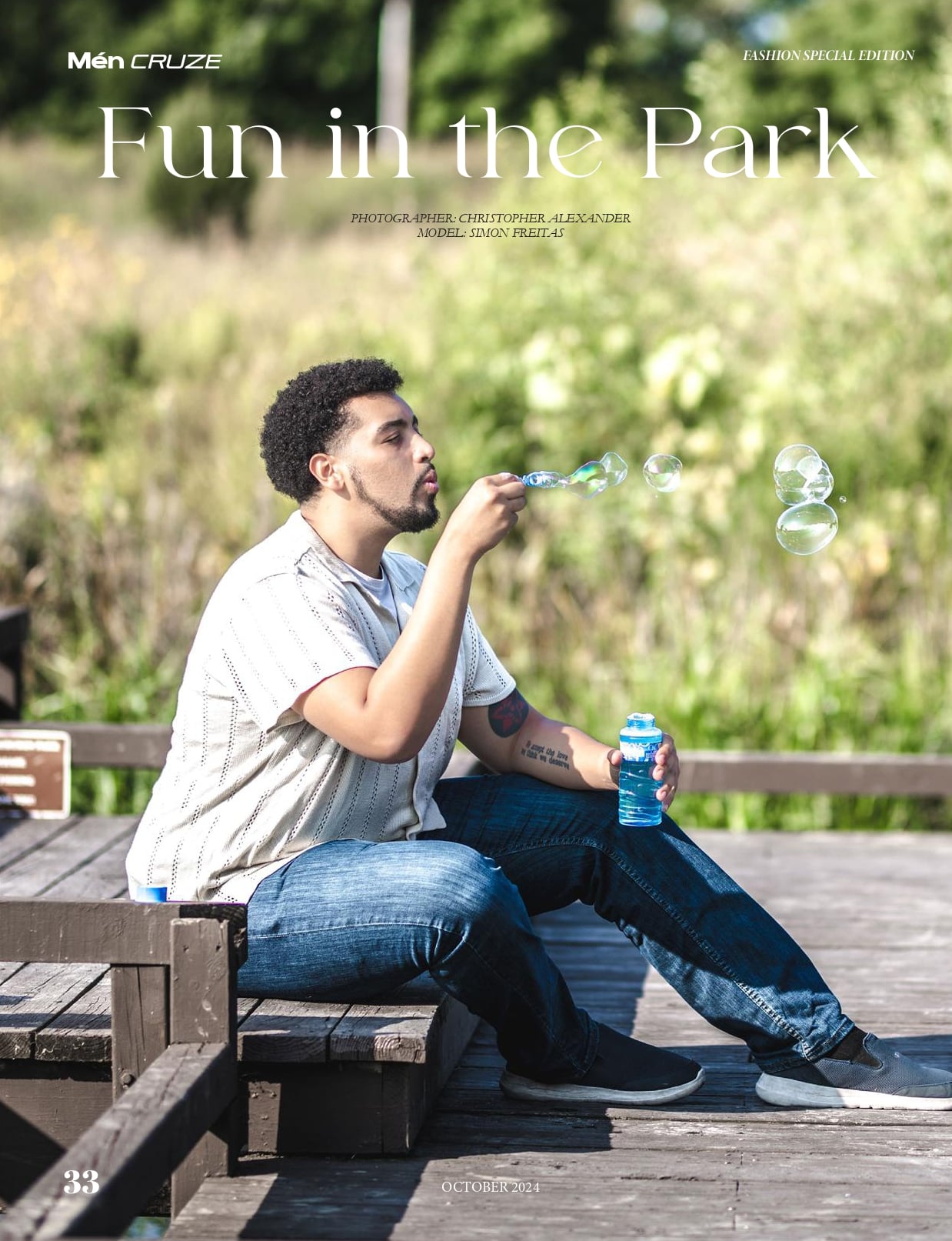We were lucky to catch up with Simon Freitas recently and have shared our conversation below.
Simon, thanks for taking the time to share your stories with us today Have you signed with an agent or manager? Why or why not?
As you know, the life of an artist is typically portrayed as a starving creative that is trying to make it big while living paycheck to paycheck. I am lucky enough to have a well paying day job, but at a certain point I would love to see myself paying my bills entirely from the art I create. The easiest way I found to do this was to find an agency to represent me.
I got my headshots together, sent them over to Heyman Talent in Columbus OH. We scheduled an interview where I completed a monologue and next thing you know I was signed! I went in originally for acting representation, but it just made sense to open the door to modeling opportunities. Since I had very little modeling experience, I decided to take a modeling class where I was instructed to continue to expand my network of representation.
At the time I wasn’t aware that many artists are represented by a variety of agencies. It sounds like the ones everyone really wants to sign with are located in New York and Los Angeles. Although, I don’t know many people signed with those agencies since I live in Columbus Ohio. So, I have auditioned and signed with Talent Fusion in Indiana, and The Talent Group in Pennsylvania.
Right now my goal is to sign with agencies in Chicago IL, Texas, and Atlanta GA. Of course I will eventually put myself in the ring for respresentation with the two big dogs (NY & LA) but I want to give myself a little more time to hone my skills before I really go for the gold.

Awesome – so before we get into the rest of our questions, can you briefly introduce yourself to our readers.
I’ve been acting since 6th grade, and throughout my journey, I’ve always heard the same advice: “You’ll need a day job.” It’s something I’ve heard time and time again, but it never made me give up on my dream. Instead, it taught me to be realistic about how to balance my passion with practical steps to achieve my goals.
At one point, I thought I wanted to be a veterinarian. Looking back now, I can’t imagine being in that world, especially when I feel so deeply connected to the artistic realm. But in my sophomore year at the University of New Hampshire, I took a step back to reflect on why I wanted to be a vet. I realized it wasn’t about animals specifically, but about my desire to make a difference in the world. That’s when I decided to change course, switching my major to **Social Work** while minoring in **Theatre**. I was hesitant to major in acting—I was practical, and I knew that social work, even though it didn’t offer the highest pay, provided a steadier paycheck and more stability.
I know—this sounds like a whirlwind! And you’re probably wondering, “Where does IT project management fit into all of this?” Stick with me, it’ll make sense.
Fast forward to the pandemic. I was working at the Greater Boston Food Bank while still pursuing acting on the side. When my contract ended in the spring of 2021, my supervisor pointed out my strong project management skills and encouraged me to specialize in that field. That conversation got me thinking—so much so that I decided to look into it further. After seeing the potential for higher-paying opportunities, I enrolled in a **Google certification course** in project management. Once I completed the course, I started interviewing for administrative and project management roles.
That’s when I found **HubSpot**. The **Nonprofit Program** at HubSpot had an opening, and my friends who worked there had nothing but glowing reviews about the company. Even though I had never worked in tech before, I was confident in my problem-solving abilities and excited about the opportunity. The best part? The remote flexibility. This role allowed me to continue pursuing acting opportunities in **Boston**, and after I moved to **Columbus, OH**, I was still able to audition for local projects. My coworkers were incredibly supportive and curious about my acting journey, which made the experience even more fulfilling.
I worked at HubSpot for two years until they phased out the nonprofit program. Not long after, I found my current role as a **Project Manager** at **CTI Meeting Technology**, where I now help nonprofits manage their scientific research conventions. It’s a great job, and it has allowed me to hone my project management skills in a meaningful way.
Once I was settled in my new position, I decided it was time to get serious about acting again. I began auditioning for agencies in the **Midwest**, and I’m thrilled to say I’ve been signed by **Heyman Talent (OH)**, **Talent Fusion (IN)**, and **The Talent Group (PA)**. Since then, I’ve been working on local films and commercials, and my long-term goal is to land a role on a television show someday.
So, keep an eye out for me—you never know when I’ll be the next face you recognize on screen!

What’s a lesson you had to unlearn and what’s the backstory?
The lesson I once *unlearned* is the belief that “you need to suffer to create good art.” It’s a narrative that many successful artists in the past have unintentionally reinforced—a pattern that suggests emotional turmoil is essential for creativity. But over time, I’ve come to realize that this idea doesn’t apply to every artist. Not all great art comes from a place of pain or suffering.
Art, at its core, is an expression of identity and experience—*your* identity and *your* experiences as a living, breathing human being. If your art is born from pain, then yes, that pain is part of your creative process. But, like most things in life, there is a spectrum of experiences that can fuel creativity. Pain is just one of those experiences, and it doesn’t have a monopoly on artistic expression.
In fact, human beings *need* joy in art just as much as we need pain. Imagine if all children’s television shows were dark and depressing. They’d never make it to air. They’d never be allowed to stream. We crave positivity, light, and joy, especially in the stories we share with the next generation.
There are countless artists who choose to create work that reflects joy, light, and celebration. Even if society often gravitates toward darker, more somber themes, we have the power to create our own vision of the world—one that reminds us that beauty, laughter, and hope have just as much value in art as struggle and sorrow. Art doesn’t need to be confined to one emotional space; it can be a reflection of all the complexity and richness that life offers.
So, I’ve learned that art doesn’t need to come from suffering. It can come from anywhere—light, love, joy, and even the simple act of wanting to share a piece of the world as you see it.

We’d love to hear the story of how you built up your social media audience?
When I first set out to build my social media presence, I knew I needed to be on several platforms to reach as many people as possible. So, I created accounts on **Facebook**, **Twitter**, **Instagram**, **YouTube**, and **TikTok**, understanding that each platform had its own unique audience and way of connecting.
Once I had those accounts set up, I decided to take it a step further and **create a website**. I wanted an online hub where people could easily learn more about me, my work, and connect with my brand in a more personal and professional way. Having a central space for all my content—whether that’s social media links, upcoming projects, or just updates about my journey—was important to me, and I made sure it was easy for people to find everything in one place.
Next, I have tried committing to to **posting consistently**. I knew that to stay relevant and engage with my audience, I had to be active and keep things fresh. But as I started posting, I quickly realized that not every platform worked the same way for my content.
I found that **Twitter**, with its fast-paced and text-heavy format, wasn’t the best fit for my artistic posts. The short, fleeting nature of tweets didn’t give my work the space it deserved, and it felt harder to engage with my audience on a deeper level there. So, I shifted my focus away from Twitter and started concentrating on the platforms that suited my content better.
**Instagram**, however, turned out to be a perfect match for my photography and visual work. The platform’s focus on beautiful imagery allowed me to showcase my creativity in ways that really resonated with my audience. I made full use of Instagram’s features like posts, Stories, and Reels to keep things dynamic and engaging.
**Facebook** became my go-to for building a community. It’s where I found a deeper connection with my followers—whether through sharing updates about my journey, personal insights, or simply engaging in meaningful conversations. What I didn’t expect, but quickly discovered, was that Facebook was also a great platform for finding auditions and industry opportunities, something that ended up being super valuable.
**YouTube** turned out to be the best place for my longer-form content. Whether I was sharing behind-the-scenes footage, tutorials, or creative projects, I realized that video allowed me to connect with my audience in a much more intimate way. And what was even better was that I could repurpose snippets of these videos as **Reels** on Instagram and even on **TikTok**, where short-form content has the potential to go viral and reach new audiences.
Over time, I learned how to optimize each platform for its strengths. **Twitter** wasn’t right for my artistic posts, but **Instagram** and **YouTube** became vital outlets for my creativity. **Facebook** helped me build a loyal community, and **TikTok** added an element of fun and viral potential to my content. By posting consistently and figuring out what worked best on each platform, I was able to grow my online presence, engage with my audience, and expand in ways I hadn’t imagined when I first started.
Contact Info:
- Website: https://simonfreitas.net
- Instagram: https://www.instagram.com/simonpfreitas/
- Facebook: https://www.facebook.com/SimonFreitasProductions/
- Linkedin: https://www.linkedin.com/in/simonfreitas/
- Twitter: https://x.com/simonfreitaspro
- Youtube: https://www.youtube.com/@SimonFreitasProductions


Image Credits
SYLÉCRUZE Magazine Inc
Open Image Studio
Happy Hippie Creative


